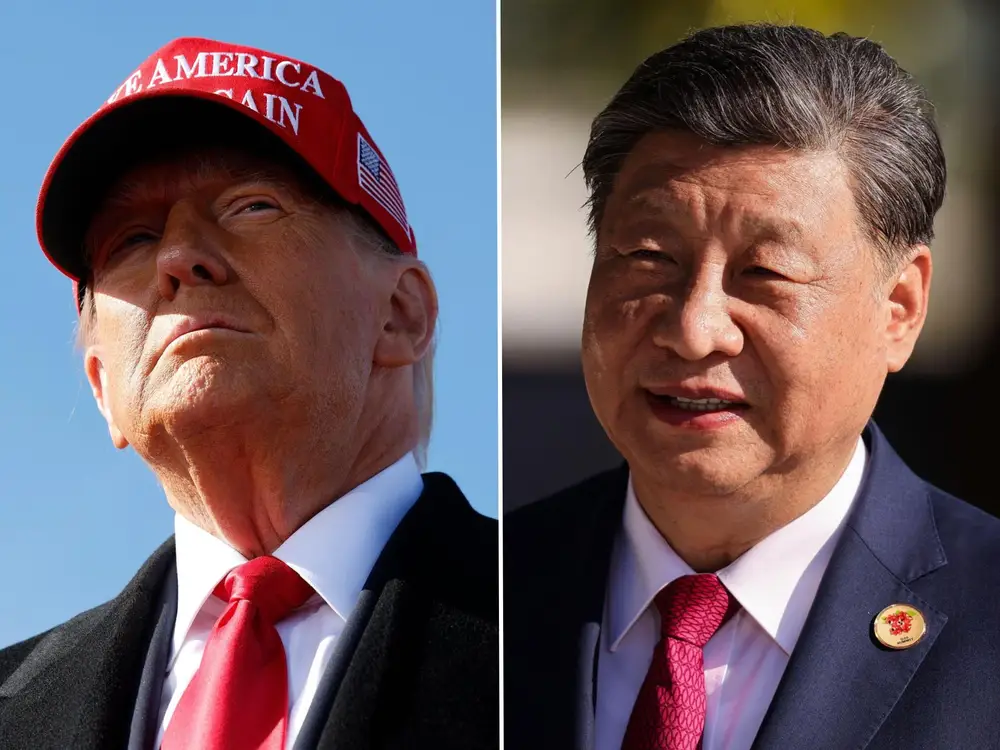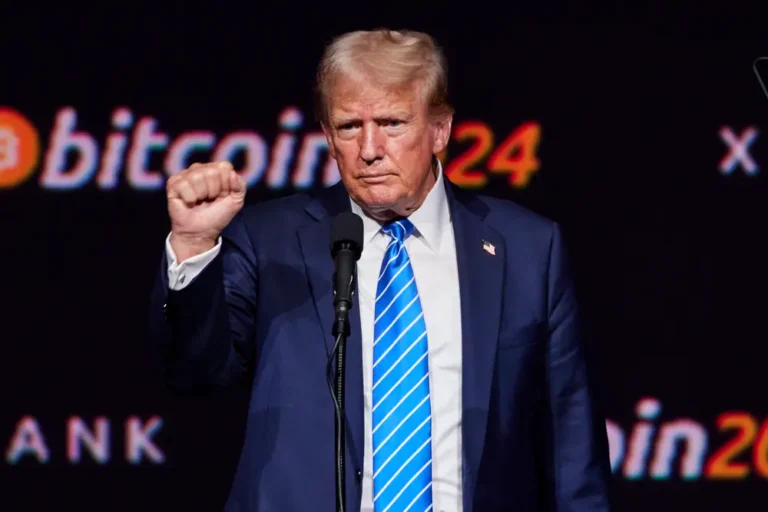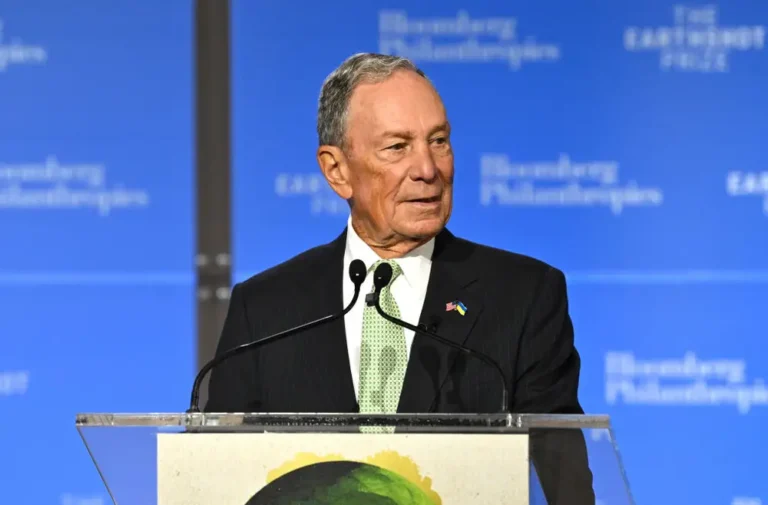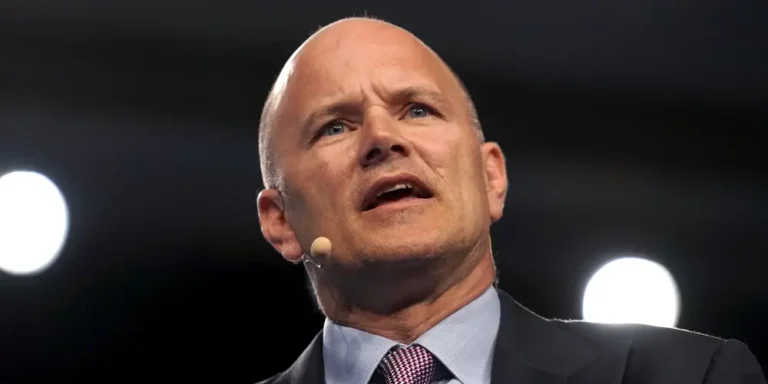China slaps 84% tariffs on US imports as trade battle escalates

President Donald Trump and Chinese leader Xi Jinping.
China imposed 84% tariffs on US imports and Europe made its first move on Wednesday as the global trade war escalated.
The measures follow President Donald Trump’s sweeping tariffs against trade partners, including imposing cumulative 104% charges on Chinese goods.
Beijing retaliated after the US tariffs took effect on Wednesday. Its charges will be imposed from Thursday, a government statement said.
“China urges the US to immediately correct its wrong practices, cancel all unilateral tariff measures against China, and properly resolve differences with China through equal dialogue on the basis of mutual respect,” the statement said.
The announcement pushed European stock markets lower, but the S&P 500 posted early gains.
The European Union announced its first retaliatory tariffs after the US imposed 25% levies on EU steel and aluminum exports last month.
The tariffs on US goods worth about $23 billion will take effect this month and target products such as soybeans, diamonds, and poultry.
Zhiwei Zhang, chief economist at Pinpoint Asset Management, said China had sent a “clear signal” that it intended to maintain its stance despite the higher US tariffs.
“China can afford to wait. I don’t expect a quick and easy way out from the current trade conflict,” Zhang said. “The damage to the two economies will become visible soon. The outlook for international trade and global economic growth is highly uncertain.”
On Tuesday, Trump wrote on Truth Social: “China also wants to make a deal, badly, but they don’t know how to get it started. We are waiting for their call.”
Treasury Secretary Scott Bessent told Fox Business on Wednesday that China’s reluctance to negotiate was “unfortunate” and said it had the “most imbalanced economy in the history of the modern world.”
Beijing vowed on Tuesday to “fight to the end.”
“Judging from its actions, the US doesn’t seem to be serious about having talks right now,” said Lin Jian, a Chinese foreign ministry spokesperson.
“If the US truly wants to talk, it should let people see that they’re ready to treat others with equality, respect and mutual benefit.”
Narrow path
Analysts are bracing for a long standoff between the two mega economies.
“We see a narrow path to resolution for the ongoing tariff gridlock between the US and China as well,” wrote Yeap Jun Rong, a market strategist at IG.
“Even if negotiations resume in the future, reaching a consensus may prove difficult, suggesting that trade tensions could persist for an extended period.”
Marc Rowan, the CEO of Apollo, told CNBC he expected the Trump administration to reach agreements on tariffs with the “vast majority” of trading partners.






